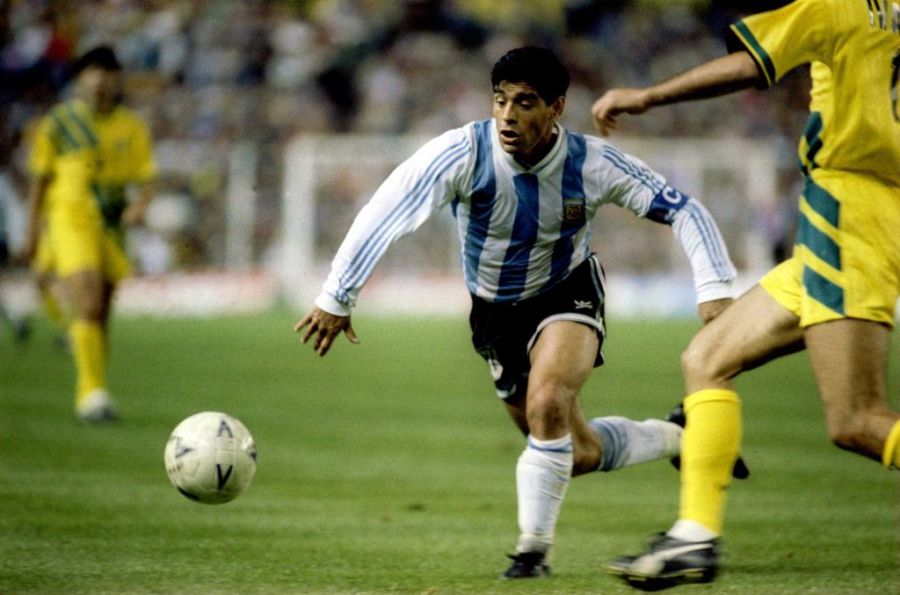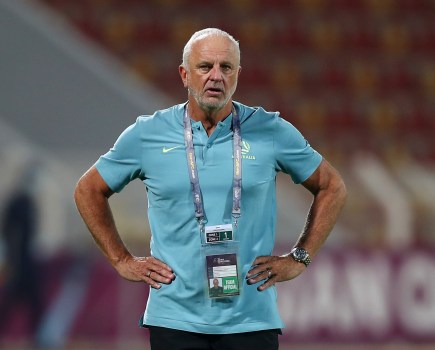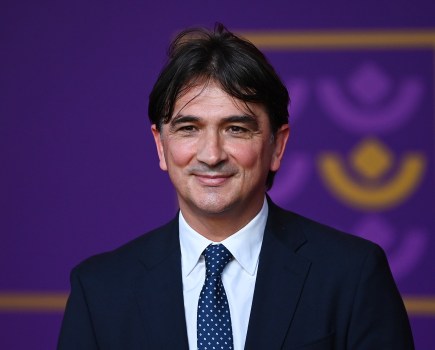Tim Vickery reflects on Diego Maradona’s very different roles at four very different World Cups
When the news broke that Diego Maradona had died, most of the Argentine press illustrated the story with a recent photo. But that Maradona, the 21st-century version, will surely start to fade from the collective memory. Immortalised will be the Maradona of Mexico ’86, Diego at the peak of his powers, reaching a level of play in the closing stages of the competition that may never have been seen before or since.
1986 may well have been the last truly great World Cup, the final one that was seen as the outstanding measure of quality, before the juggernaut of European club football became the game’s main event. It was a tournament full of stars and surprises, from Michael Laudrup and Michel Platini to Gary Lineker, Igor Belanov and Emilio Butragueno. But what Maradona did brooked no comparison. He took on sub-standard pitches and brutal defending to give an exhibition of the game so complete that whenever great players met, they were in awe of him. He was the idol of the idols.
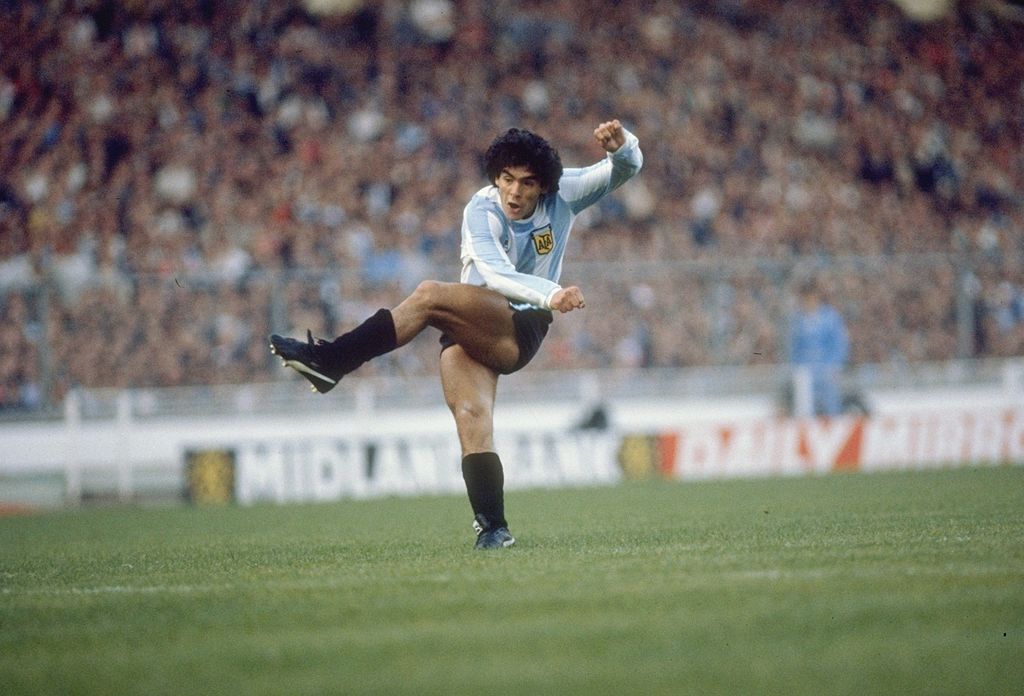
That 1986 triumph came more than nine years after his Argentina debut, when he was not far past his 16th birthday. Then coach Cesar Luis Menotti concluded that he was too raw to deal with the pressures of a World Cup at home, and left him out of the 1978 squad. A year later, in June 1979, he had his first international goal in his ninth game – against Scotland at Hampden Park – where the home crowd even booed the possession of their own team because they wanted to see more of the wonderkid. And then he was the outstanding player as Argentina won the 1979 Under-20 World Cup, igniting hopes that he could do the same at senior level three years later.
In the event, Spain 1982 had to be chalked down to experience. He came up with some dazzling moments. But it all proved too much; the pressure, the constant fouling, the frustration of feeling the title slip away combined to cause him to snap, and he was sent off for an ugly foul against Brazil. And, as he then moved to Europe, it was almost three years before he played for his country again.
The build up to Mexico ’86 was difficult. Argentina had missed out on Mexico ’70, and for a while there were fears that history might repeat itself. The team were unconvincing in qualification. There was a power struggle behind the scenes, with 1978 captain and centre- back Daniel Passarella replaced as team leader by Maradona. Indeed, rumours have persisted that Passarella was poisoned to ensure that he could not take his place in the starting line-up.
But in the course of the competition, it all came together. During the tournament, coach Carlos Bilardo unleashed his secret weapon – a back three system that allowed him to pack the midfield to stifle the opposition and give Maradona a platform. Behind Real Madrid centre-forward Jorge Valdano, Maradona was able to wander free, always looking to combine and then launching his solo surges.
It was too much for the England defence in that fateful quarter-final, the day that did so much to define Diego Maradona. From the Argentine point of view, this was a rivalry that went much deeper than the war in the South Atlantic just four years earlier. Their country had been an informal part of the British Empire – and for those on the weaker end of a neo-colonial relationship, what Maradona did acted out a profound national fantasy.
The first, notorious “Hand of God” goal sent a message that while the English had the power, the Argentines were smarter and could use native cunning to get by. The magnificent
solo second was a declaration that the Argentines were simply better.
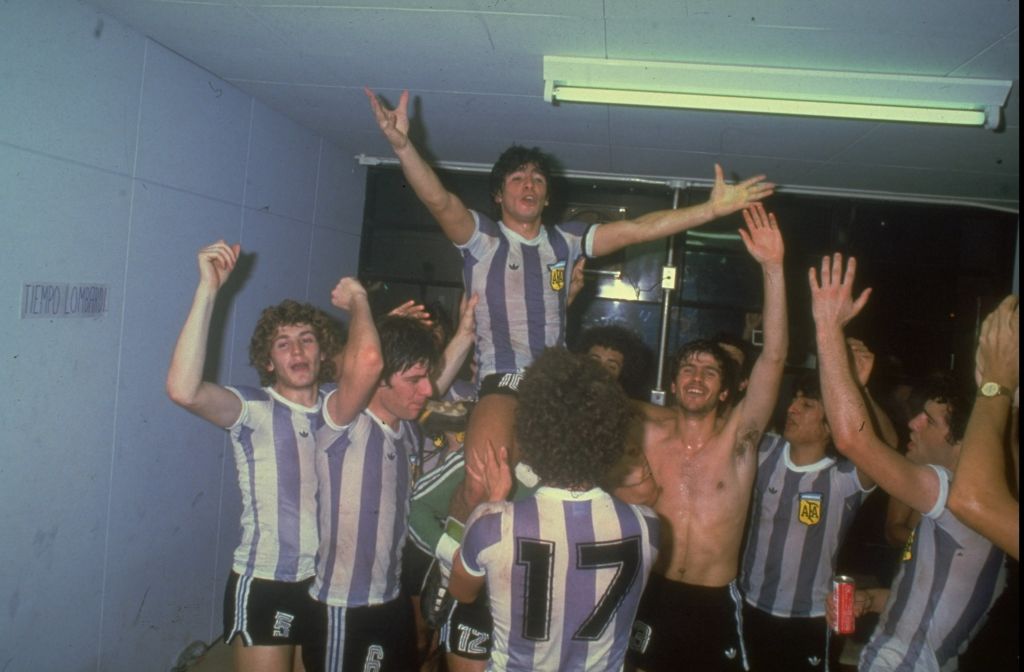
His performance in the semi-final against Belgium was even more astonishing. And though it has been underestimated, his display in the final against West Germany was the definitive proof of his greatness.
“What impresses me particularly about him,” said England legend Bobby Moore on the eve of the game, “is that he has a profound knowledge of what is required of him. He doesn’t get carried away with the idea of trying to do it all on his own.” And Maradona did Moore proud. The Germans deployed Lothar Matthaus to man mark him. And Maradona was content to be a decoy, to drag his marker all over the field and create space for others. And he capped his afternoon by splitting the defence with a pass that put Jorge Burruchaga through to score the winning goal. His individual genius was always placed at the service of the collective.
Once he had climbed the summit, he stayed there for a while with Napoli. But by the time the next World Cup came round, he was starting to show the wear and tear. His body had taken a terrible pummeling – it is entirely possible that his cocaine addiction was born in a quest to blot out the physical pain – and he struggled through Italia ’90 on damaged ankles. Even so, he still came up with enough moments of inspiration – most notably the dribble against Brazil – to carry an ordinary side to the final.
That should have been the end of the story. His life was sliding into disarray, he picked up a ban for testing positive for cocaine and he left Napoli. He played a couple of friendlies at the start of 1993, one of them to celebrate the centenary of the Argentine FA, and it had the air of a farewell.
But then Argentina got themselves in trouble in qualification for USA ’94, even losing 5-0 at home to Colombia. The call came out – bring back the saviour. His country pleaded, and he could not say no. He was unable to resist the challenge. But, bloated and unfit, he was not in the slightest physical condition to play in a fourth World Cup. So he took a short cut – perhaps unwittingly, under dubious medical supervision – and was thrown out of the tournament after testing positive for a cocktail of weight reducers.
It was a sad way to end. But there was some consolation. This was not like the case of sprinter Ben Johnson, where the drug had been the performance, Diego’s offence was much less severe. He took an illegal fast track to get in shape and show off a standard of play that, even in those 1994 games against Greece and Nigeria, has rarely been seen in subsequent World Cups.
Article by Tim Vickery
This article first appeared in the January Edition of World Soccer. You can purchase old issues of the magazine by clicking here.

